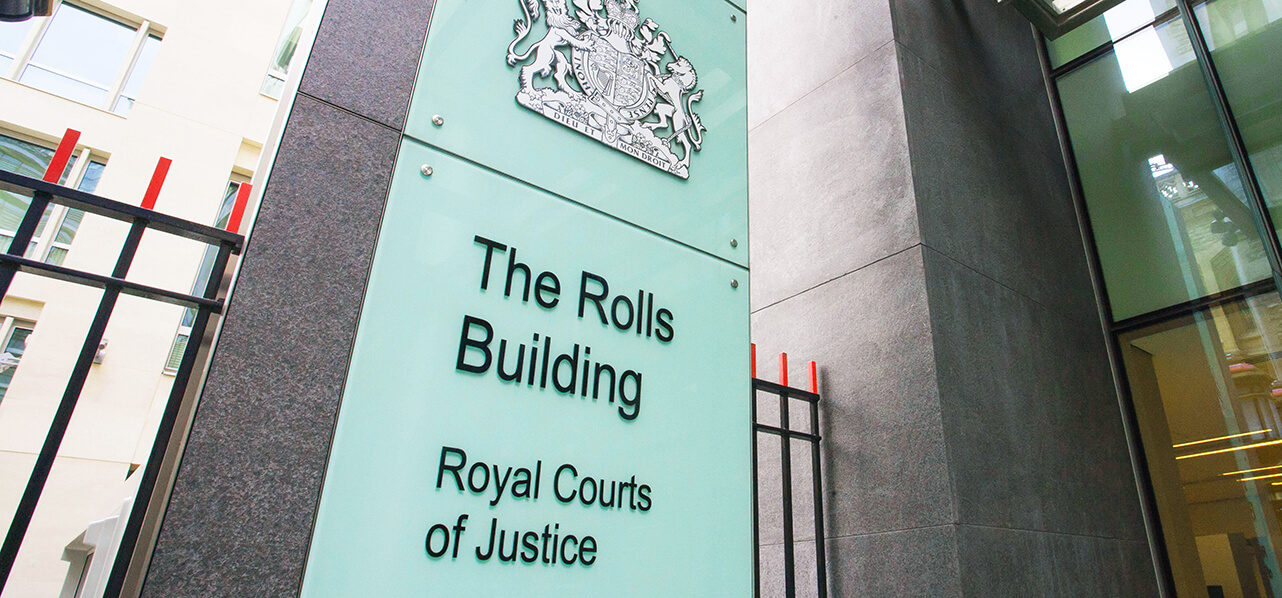Introduction
Defective works are, unfortunately, a frequent occurrence in construction projects and another series of cases on this issue highlight how they can easily lead to disputes. However, with some expert advice and helpful guidance, employers procuring construction works can effectively manage the resolution of any defects that arise on their projects.





